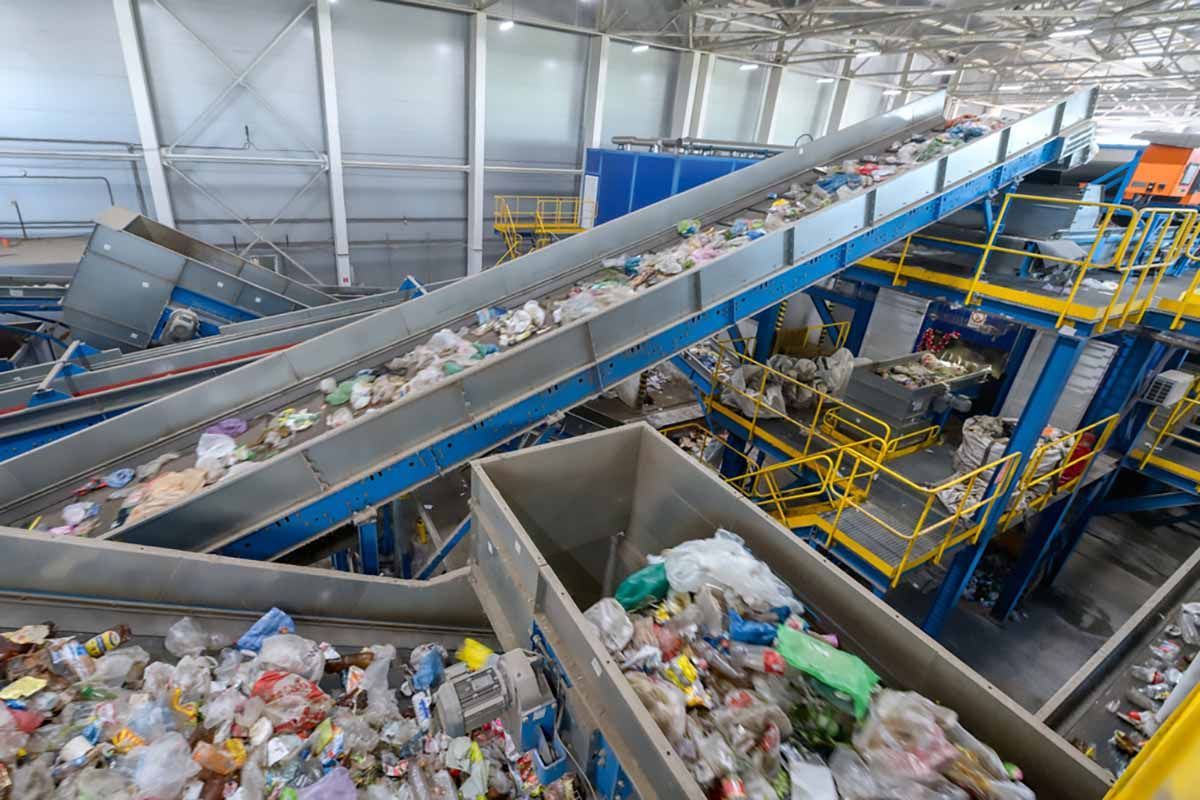Advanced Drainage Systems
We are pleased to welcome Advanced Drainage Systems as a new Supporting Advisory Member to The Northeast Recycling Council
Amongst the doom and gloom in much of today’s media concerning plastics recycling, there stands a success story in new NERC Advisory Member Advanced Drainage Systems (ADS). Headquartered in Ohio, ADS’s 3,500 field employees manufacture storm water and onsite septic wastewater solutions; more than 10 billion feet of ADS pipe are in service around the world. The company’s water management solutions are designed to last for decades.
In October, the Plastic Pipe Institute’s (PPI) Drainage Division awarded ADS its Project of the Year Award. The ADS warehouse project in Greencastle, Pennsylvania, uses five large underground stormwater storage systems that required 17 miles of Dual Wall N-12 corrugated pipe.
“The project shows how the use of HDPE pipe can protect the environment, lower greenhouse gas emissions by reducing the number of truck loads as a result of nesting the lightweight pipe,” PPI President David Fink said. “There is also the fact that HDPE pipe can be made using a high amount of post-consumer recycled HDPE material, taking single use HDPE bottles, for example, and turning them into pipe that will last for generations.”
The company’s accomplishments in the recycling space are considerable. The most recent annual ranking from Plastic News designates ADS as the largest plastic recycler in North America. “More than half of the plastic ADS purchased in 2021 was recycled, made possible by our pioneering plastic-blending program, company-owned and operated recycling facilities and unmatched engineering expertise,” the company stated. “In 2020, we also consumed 28% of all high-density polyethylene (HDPE) bottles in the entire country. HDPE is used to make plastic bottles for products such as laundry detergent, milk and shampoo.”
According to Kristen Rinehart, Vice President and General Manager of Recycling, ADS recycled about 600 million pounds of plastic in FY2022; drew nearly 61% of pipe product revenue from remanufactured products; and acquired Jet Polymer Recycling to quickly increase its recycling capacity. “Historically, the company has focused so intently on the materials science of recycled materials that today we’re producing the highest-quality recycled plastic pellets ever,” Rinehart stated. “It’s having a positive impact on both our production capacity and the quality of pipe we produce for our customers managing stormwater for our communities.”
Recycling, the company states, is one part of its sustainability commitments. It is a signatory to the US EPA’s America Recycles Pledge, to do their part in helping achieve the ambitious goal of increasing the national recycling rate to 50% by 2030. It has joined The Recycling Partnership’s Polypropylene Recycling Coalition, to advance their commitment to protecting water and keeping millions of pounds of plastic out of landfills each year.
Earlier this year, ADS signed a commitment to pursue Science Based Targets (SBTs) to reduce the Company’s greenhouse gas emissions. “ADS’ commitment to reducing overall greenhouse gas emissions reflects the Company’s broader goal to continue making progress on environmental stewardship initiatives,” President and Chief Executive Officer Scott Barbour stated. “We are proud to join the more than 2,000 businesses that are working with the Science Based Targets initiative to reduce emissions in line with climate science.”
NERC welcomes new Advisory Member Advanced Drainage Systems and looks forward to contributing to the company’s ongoing success through a collaborative partnership.
For more information about Advanced Drainage Systems click
here
Share Post





